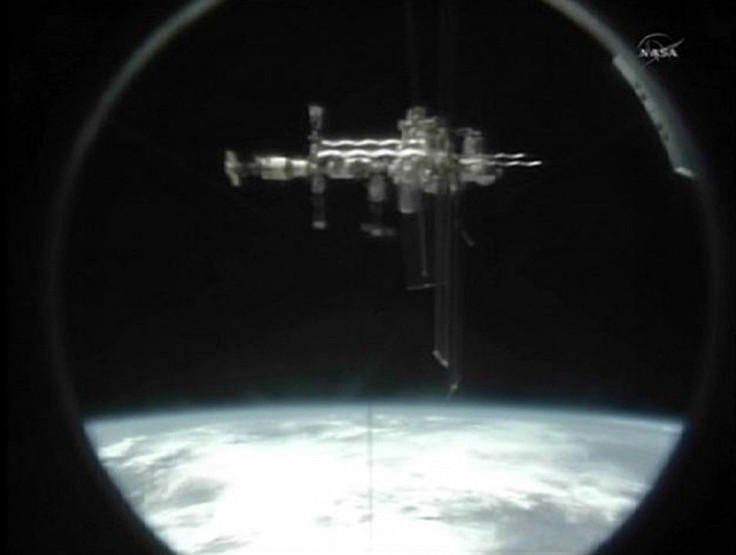NASA Says International Space Station Could Use Commercial Spacecraft As Emergency Shelter, Lifeboat

Since 2011, when the Space Shuttle program was discontinued, NASA has been dependent on Russian-made Soyuz rockets to send and bring back astronauts that serve on the International Space Station (ISS), orbiting 400 kilometers (about 250 miles) above Earth. And while the space agency is hoping to induct U.S.-made spacecraft into service, the manufacturers need to build them with some very specific safety features.
SpaceX and Boeing are both working on their own spacecraft — Crew Dragon and CST-100 Starliner respectively — for crewed flight. And according to NASA, the vehicles would need to be capable of both serving as an emergency shelter, as well as a quick getaway “lifeboat.”
Kathy Lueders, manager of NASA’s Commercial Crew Program, said in a statement Thursday: “Some systems will take longer to bring online, but the idea is to have spacecraft that astronauts can get into quickly for survival and then use to pull away from the station and come home if that is needed. Defining exactly what that means, and what the companies can do to make it real was the hard part. That's why we took a teamwork approach from the start and why we've treated this as a partnership.”

There hasn’t been a single instance yet on the ISS that has required emergency protocol of this nature to kick in, but when you are that far away from the closest hospital, it helps to be prepared. For example, an electrical issue or an ammonia leak could necessitate astronauts stay inside the commercial spacecraft while they work on fixing the problem. And in the event a bigger problem requires emergency evacuation, the spacecraft should be able to depart quickly.
In discussion with designers from SpaceX and Boeing, NASA said the spacecraft must be capable of being “powered on quickly while docked to the station, even if it has been dormant for weeks or a couple of months. From air circulation fans to life support systems to thrusters, the spacecraft's systems will be designed to engage in minutes,” according to the statement.
© Copyright IBTimes 2024. All rights reserved.





















